Top 5 Office Markets for Vacancy Rate Growth
Metro-level vacancy rates increased by as much as 530 basis points, more than double the national average.
The average national vacancy rate rose by 190 basis points year-over-year through September, to 13.3 percent, according to Yardi Matrix data. The growth rate was significantly higher in less stabilized office markets, where either demand cannot keep up with fast-paced development activity or economic expansion fails to translate into growth for the office sector.
The metros on this list account for almost 5 percent of the 176.3 million square feet under construction as of September. Unlike our top 5 markets for office transaction ranking, this list is mostly populated by secondary and tertiary office markets.
5. Birmingham, Ala.
Birmingham’s economy continues to strengthen and diversify but that still fails to translate into growth for the office sector, as demand is lagging. However, bolstered by its strong automotive, life sciences and manufacturing industries, Birmingham had a 2.3 percent unemployment rate in September, 100 basis points below the national average.
While development activity picked up over the past three years, the space underway as of September is equal to only 0.2 percent of existing stock, making the metro the second least-performing office market in the nation in this regard. The vacancy rate increased by 280 basis points year-over-year through September, to 17.3 percent.
This year, developers completed an adaptive reuse project in Birmingham—the 125,000-square-foot Denham Building in the CBD. Third & Urban converted the former industrial building at 1143 First Ave. S., which includes 44,600 square feet of office space, 72 residential units and 9,200 square feet of retail. In the Vestavia Hills submarket, Swaid Clinic is working on a 40,000-square-foot medical office building slated for completion by year’s end.
4. Winston-Salem–Greensboro, N.C.
Winston-Salem–Greensboro’s development pipeline has gained significant momentum in recent years, after plummeting in 2015 and 2016 to fewer than 100,000 square feet delivered per year. However, the level of completions is nowhere near the cycle high reached in 2014 when 737,000 square feet came online. The space underway as of September accounted for 1.3 percent of the metro’s existing inventory, while employment increased by 1.8 percent year-over-year through September, to a total of 702,000 jobs. The bulk of new positions were added in the trade, transportation and utilities and education and health services sectors, which grew by at least 2.6 percent. As office-using sectors continue to lag, so does the overall vacancy rate, which surged 283 basis points year-over-year through September, to 16.2 percent.
In Greensboro’s CBD, AZ Development is working on a 106,000-square-foot Opportunity Zone project. Dubbed The Gateway, the three-story property is due for delivery by the end of the year. When completed, the building will be the largest office project to come online in more than two decades.
3. Central Valley
Located next to some of the best-performing office markets on the West Coast, Central Valley continues to struggle to keep up. As high-paying jobs are heavily concentrated in neighboring San Francisco, San Jose and Las Vegas, the metro’s job market grew at a more moderate pace—by 1.6 percent year-over-year through September. New office-using positions accounted for only 6.4 percent of the total jobs added throughout the metro. Fresno and Merced have some of the highest unemployment rates in the country, at least 200 basis points above the national average.
Although development activity slightly accelerated over the past two years, to an average of 200,000 square feet delivered per year, the metro’s inventory still largely consists of older, lower-quality space. As a result, the overall vacancy rate went up 308 basis points year-over-year through September, to 10.6 percent. This was still 270 basis points below the national rate.
In total, the metro’s inventory is projected to increase by some 86,000 square feet. In the North Fresno County submarket, Zinkin Development completed the 60,000-square-foot Sugar Pine Square. The total square footage underway as of September—201,400 square foot—was equal to only 0.9 percent of stock, placing the metro among the least-performing secondary office markets in terms of space under construction as a share of existing inventory.
2. Salt Lake City
Salt Lake City’s office market continues to expand rapidly, with 2 million square feet underway, equal to 3.4 percent of total inventory, 60 basis points above the national average. Employment improved by 2.6 percent year-over-year through September, to a total of 1.4 million jobs. Office-using sectors accounted for more than a third of all new jobs. Salt Lake City’s unemployment rate was also 130 basis points below the national average in September, down 90 basis points year-over-year.
As developers continued to deliver some 2 million square feet on average per year, the overall vacancy rate surged by almost 420 basis points year-over-year through September. More than a third of the space underway as of September was located in Draper, where construction activity saw a significant uptick in recent years. Roughly 35 percent of the submarket’s inventory came online over the past five years, including its third-largest office building—the 163,000-square-foot 136 Center – Building 1. Nearby, Irvine Investment Co. is developing the first phase of Irvine Office Park, a three-building office complex totaling more than 500,000 square feet, expected to come online next April.
1. Brooklyn
Development activity is booming in Brooklyn, where 5.2 million square feet was in the works in September, equal to 15.0 percent of total inventory, the highest share in the country and more than five times the national average. As a result, Brooklyn continues to rank among the top markets for office construction activity. The job market followed suit, with outstanding growth rates for most of the employment sectors. The metro gained a total of 86,100 positions year-over-year through September, with 60 percent of these in education and health services. While growth for office-using jobs was visibly more tempered, it still accounted for 28.4 percent of total employment in September, well above the 21.8 percent national average.
The increase in development activity impacted the metro’s vacancy rate, which rose by 532 basis points year-over-year through September, to 13.4 percent. However, that’s only 10 basis points above the national average. Downtown, Tishman Speyer—one of the most active office owners in neighboring Manhattan—is working on a 622,200-square-foot project dubbed The Wheeler. Bank OZK provided $194 million in construction financing for the development, scheduled to come online in late 2020.

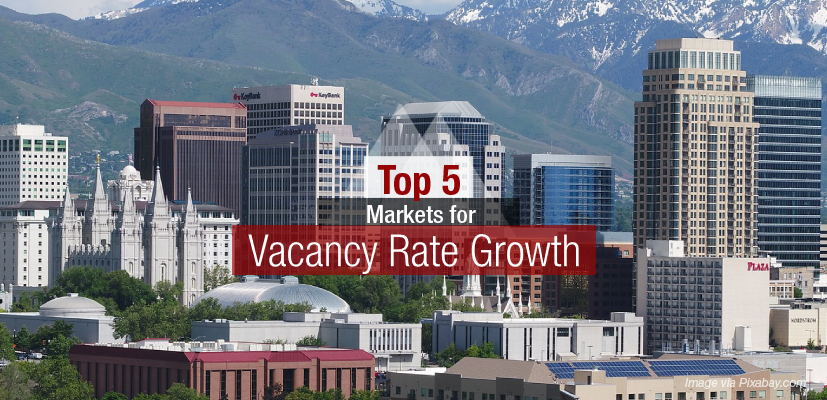


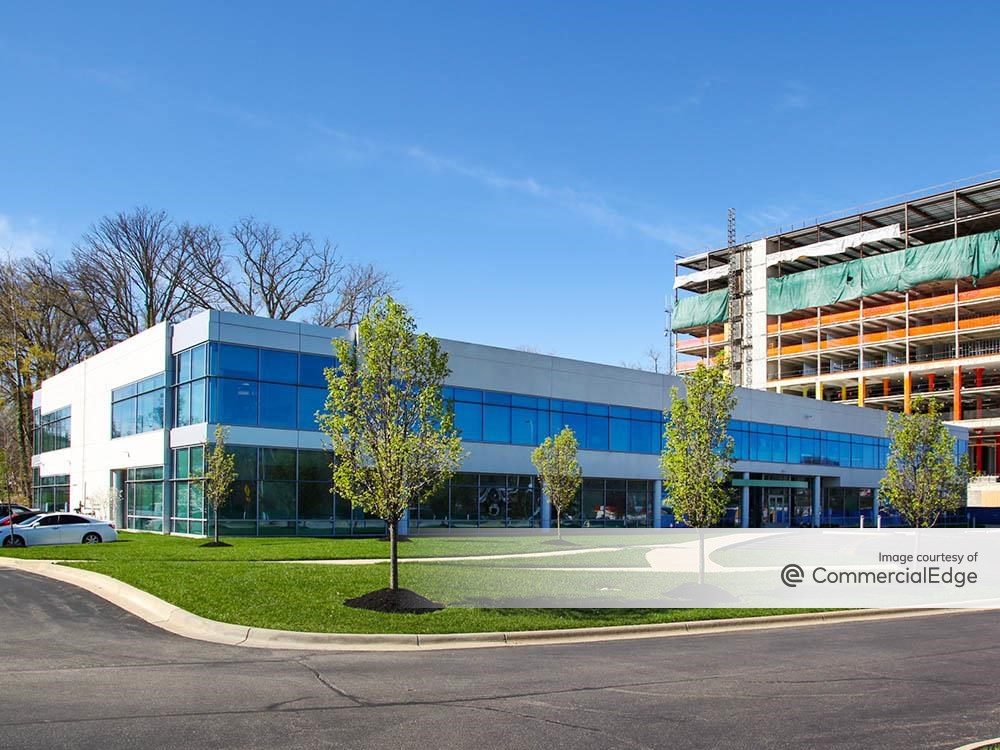

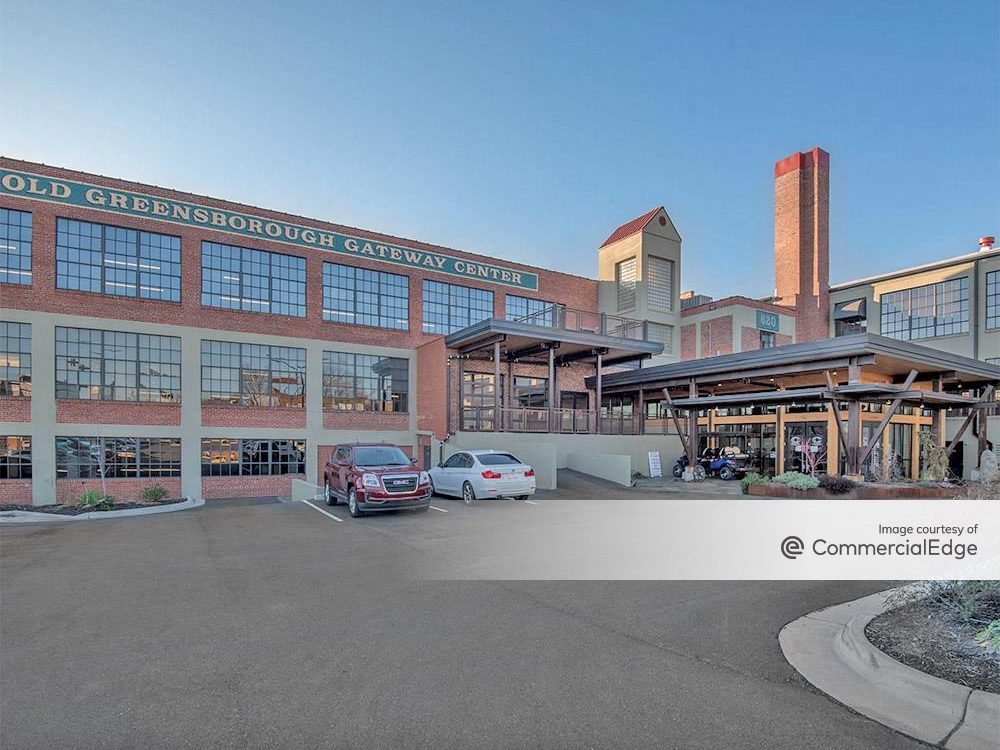

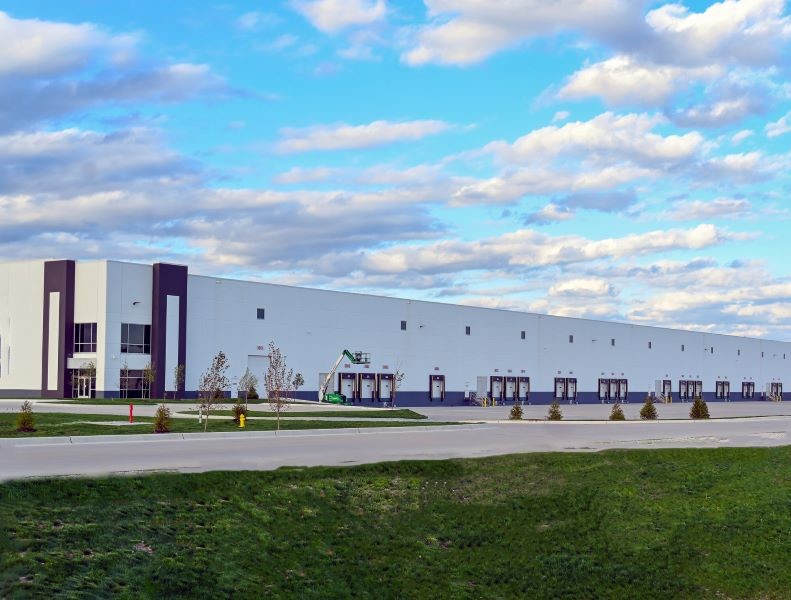
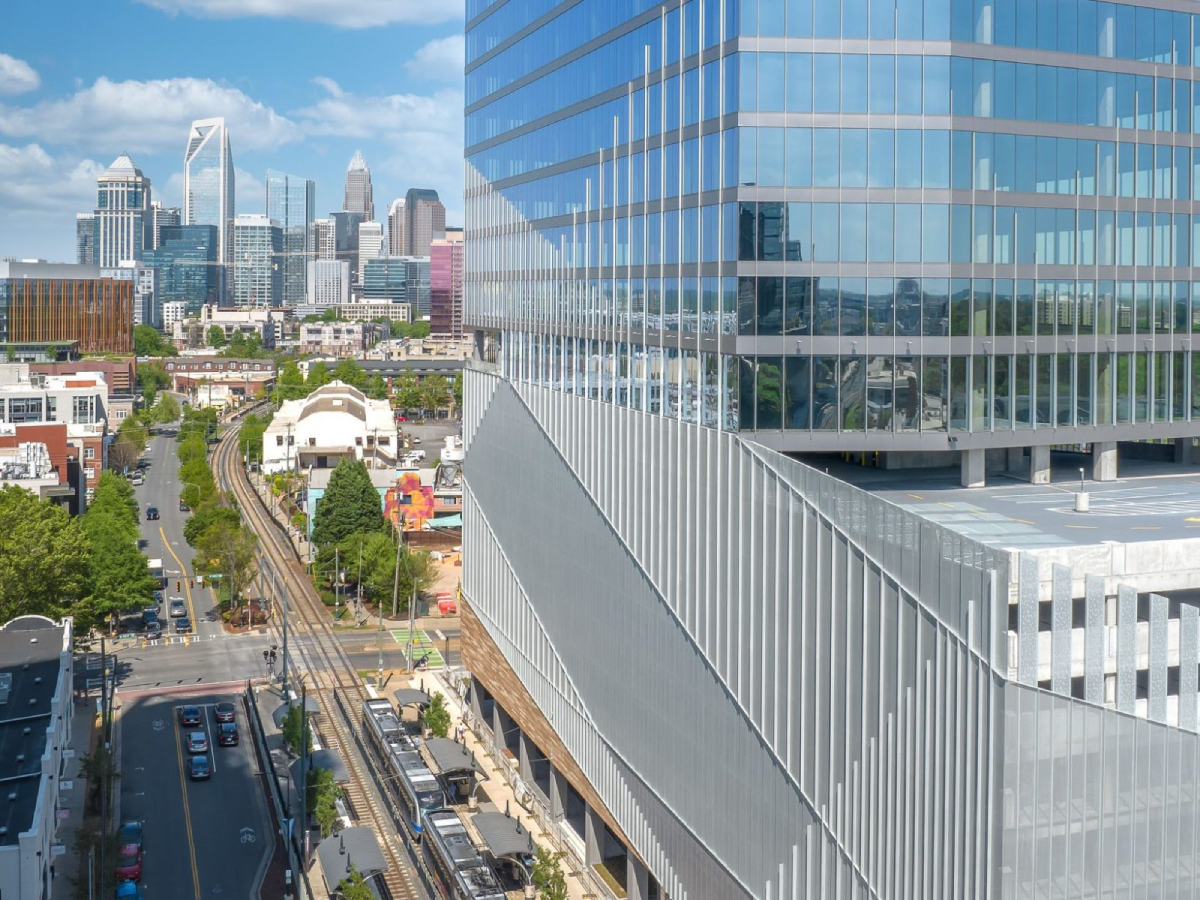
You must be logged in to post a comment.